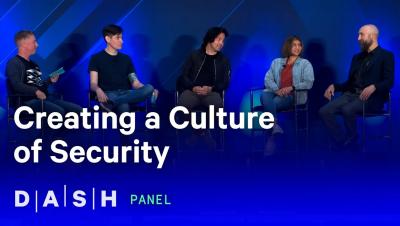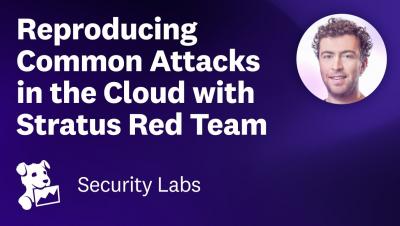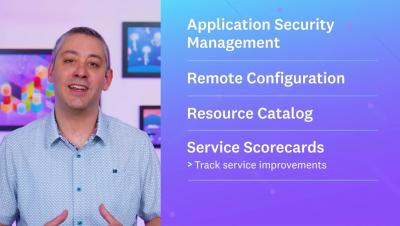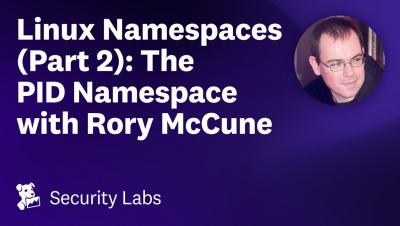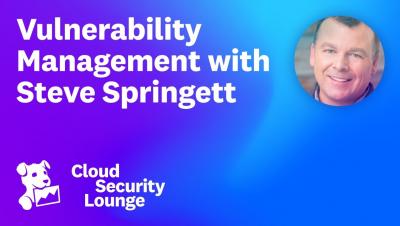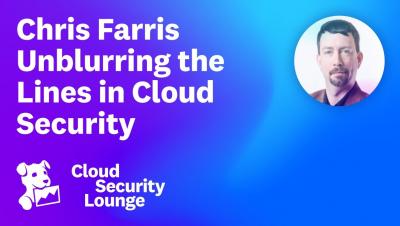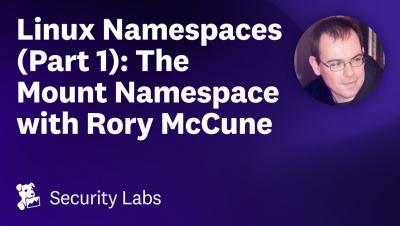Creating a Culture of Security
Just as DevOps is more than just CI/CD tooling, DevSecOps is more than simply scanning code for vulnerabilities in your deployment pipeline. Creating a culture where every engineer is invested in reducing risk and values security can be challenging. In this panel session, we’ll chat with engineering leaders from security, development, and operations to learn how they’re fostering a culture of security in their organizations.


